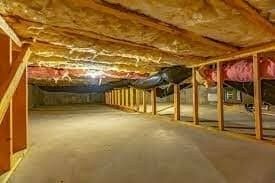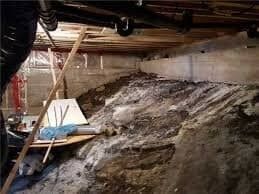
Introduction
Water damage is a common problem that many homeowners face. One of the most effective tools in preventing water damage is a sump pump. A sump pump is a device that helps remove water that has accumulated in a basement or crawl space. While sump pumps are designed to operate automatically, many homeowners wonder whether it is safe to leave them running continuously. In this article, we will explore the potential risks and benefits of leaving a sump pump running.
The Benefits of Leaving a Sump Pump Running
Leaving a sump pump running continuously offers several advantages:
- Continuous water removal: By leaving the sump pump running, you ensure that any water entering the sump pit is immediately pumped out. This reduces the risk of water accumulation and potential flooding.
- Prevents mold and mildew: Standing water can promote the growth of mold and mildew, which can be detrimental to your health. Continuous operation of the sump pump helps keep the area dry, preventing mold and mildew growth.
- Protects your belongings: By removing excess water, a sump pump helps protect your belongings from water damage. This is especially important if you have valuable items or important documents stored in your basement or crawl space.
- Reduces foundation damage: Excess water can seep into the foundation of your home and cause significant damage. A continuously running sump pump helps prevent this by removing water before it has a chance to infiltrate the foundation.
The Risks of Leaving a Sump Pump Running
While leaving a sump pump running continuously offers benefits, there are also some potential risks:
- Increased energy consumption: Running the sump pump non-stop can lead to increased energy consumption. This may result in higher electricity bills. However, the energy savings from preventing water damage may outweigh the additional costs.
- Excessive wear and tear: Continuous operation can put additional strain on the sump pump, leading to increased wear and tear. This may shorten the lifespan of the pump and necessitate more frequent maintenance or replacement.
- Potential failure: Like any mechanical device, sump pumps can fail. Continuous operation increases the risk of a failure occurring when you least expect it. Regular maintenance and inspections can help mitigate this risk.

Best Practices for Sump Pump Operation
To optimize the performance and longevity of your sump pump, consider following these best practices:
- Install a backup power source: Power outages often occur during severe storms, when your sump pump is needed the most. Installing a battery backup system or a generator can ensure that your sump pump continues to operate even when the power is out.
- Regularly inspect and maintain the sump pump: Check the sump pump regularly for any signs of damage or wear. Clean out the sump pit to ensure proper functionality. Consult the manufacturer’s guidelines for specific maintenance instructions.
- Consider a dual pump system: Installing a dual pump system with two pumps can provide added protection against water damage. One pump can act as a backup in case the primary pump fails or becomes overwhelmed.
Conclusion
In conclusion, leaving a sump pump running continuously can be beneficial in preventing water damage and mold growth. However, it is essential to consider the potential risks such as increased energy consumption and wear and tear on the pump. By following best practices and regularly maintaining your sump pump, you can ensure its optimal performance and longevity.



